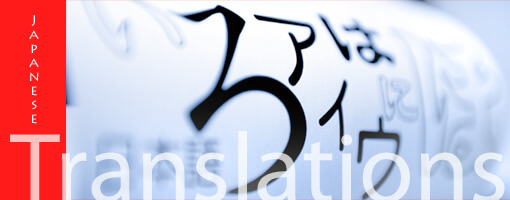One often wonders why so many people want to visit Egypt until they are reminded that Egypt boasts one of the world’s most ancient civilizations. There are still remnants of bygone eras in the mystical pyramids found in Giza, near Cairo, and the remains of the ancient cities of Aswan and Luxor. In its heyday, Egypt was one of the most powerful of the world’s civilizations. Its success meant it lasted for nearly 3,000 years.
Before it became an empire, ancient Egypt was made up of several city-states fringing the River Nile which bustled with commerce and trade. In those days the construction of the Pyramids alone showed how expressive and innovative ancient Egyptians were. Its success grew as written language developed between 2,500 B.C. and 1,075 B.C. The first writing style was hieroglyphic. In one Rosetta stone can be seen Egyptian hieroglyphs translated using Ancient Greek and Egyptian Demotic. This system was created in the days of the Old Kingdom and it possessed nearly 700 pictorial characters which were used as decorations and for use in ceremonies.
When the Hieratic writing form was first developed from the hieroglyphic system ink was used and this changed communication forever. This writing was written on papyrus (a reed) so the Ancient Egyptians could communicate more easily so that they could spread their culture far and wide for many centuries.
The spoken language of Egypt
The Egyptian language known in classical form as Middle Egyptian was classified as an Afro-Asiatic language. It became the vernacular which was Egypt’s literary language until the invasion of the Roman Empire invaded. As time progressed, this spoken language slowly evolved to become Demotic and lastly Coptic, when Christianisation took place. Coptic, as a spoken language, was just about non-existent when the 17th century began but is still used as the Coptic Orthodox Church of Alexandria’s liturgical language.
The commonest dialect used in today’s Egypt is called colloquial Arabic (or Masry). Each of the Arabic-speaking countries has its own accents, with many divided into groups that speak different dialects. Overall, in the modern-day, there are several variations of the language.
Egypt’s official language is Literary Arabic, which is the most used in writing in the country. Another key fact is that it is Islam’s liturgical language, which is Egypt’s main religion. When the key text for Islam was written, the Qur’an, seven different dialects of classical Arabic were included in the text at that time. But today, Quraishi is used for the Qur’an.
Arabic is now the 5th most spoken global language, with 293 million people who are native speakers and a total of 422 million speakers throughout the world. It is one of the 6 official languages used by the United Nations.
The growth of Arabic
Arabic started to grow in importance after Napoleon in 1798 entered Egypt. This brought about more contact between the Arab culture and the West, which of course meant adapting the language to include the newer western ideas. At the beginning of the 20th century, Arabic language academics sought to reform the language with a particular focus on increasing Arabic vocabulary. These updates brought a new name to the language which is Modern Standard Arabic (Al-fuSHa). This is used in many areas of life but it doesn’t mean that the spoken word doesn’t still use dialects. Every country has its ‘amiya’ (“Arabic dialect”.)
The differences can be found more in pronunciation than in grammar or vocabulary. The main reason for this was after the Islamic conquest occurred it was important politically to standardize written Arabic because such large groups of people were starting to speak the language. From then on, the Arabic script was adapted so that it was more practical with the prose style and grammar being standardized.
When people communicate but have markedly different dialects, communicate they can use Modern Standard Arabic instead or just adjust their spoken words so they come across more formal and resemble al-fuSHa.




















